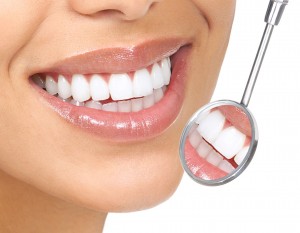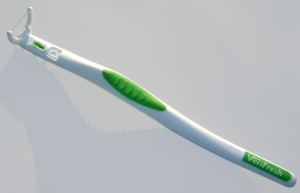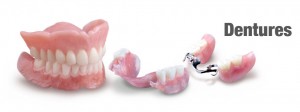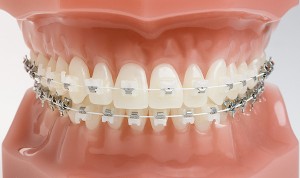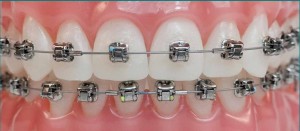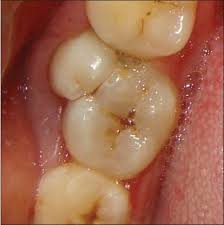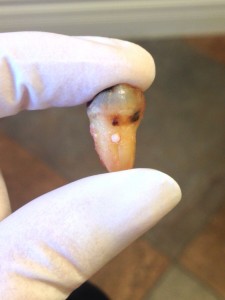Food Choices That Prevent Tooth Decay: It’s no fun passing up sugary treats like cookies and candies. But when it comes to tooth decay, food choices play an important role. Some foods can harm your teeth, while others contain essential nutrients to keep them healthy and strong. To help prevent tooth decay, keep the following food choices in mind.
Fruit, Fiber and Veggies: Eating high-fiber foods keeps saliva flowing, which helps create mineral defenses against tooth decay. Good sources of fiber are dried fruits such as dates, raisins and figs, and fresh fruits, like bananas, apples and oranges. Other options include veggies, such as beans, Brussels sprouts and peas, along with peanuts, almonds and bran.

